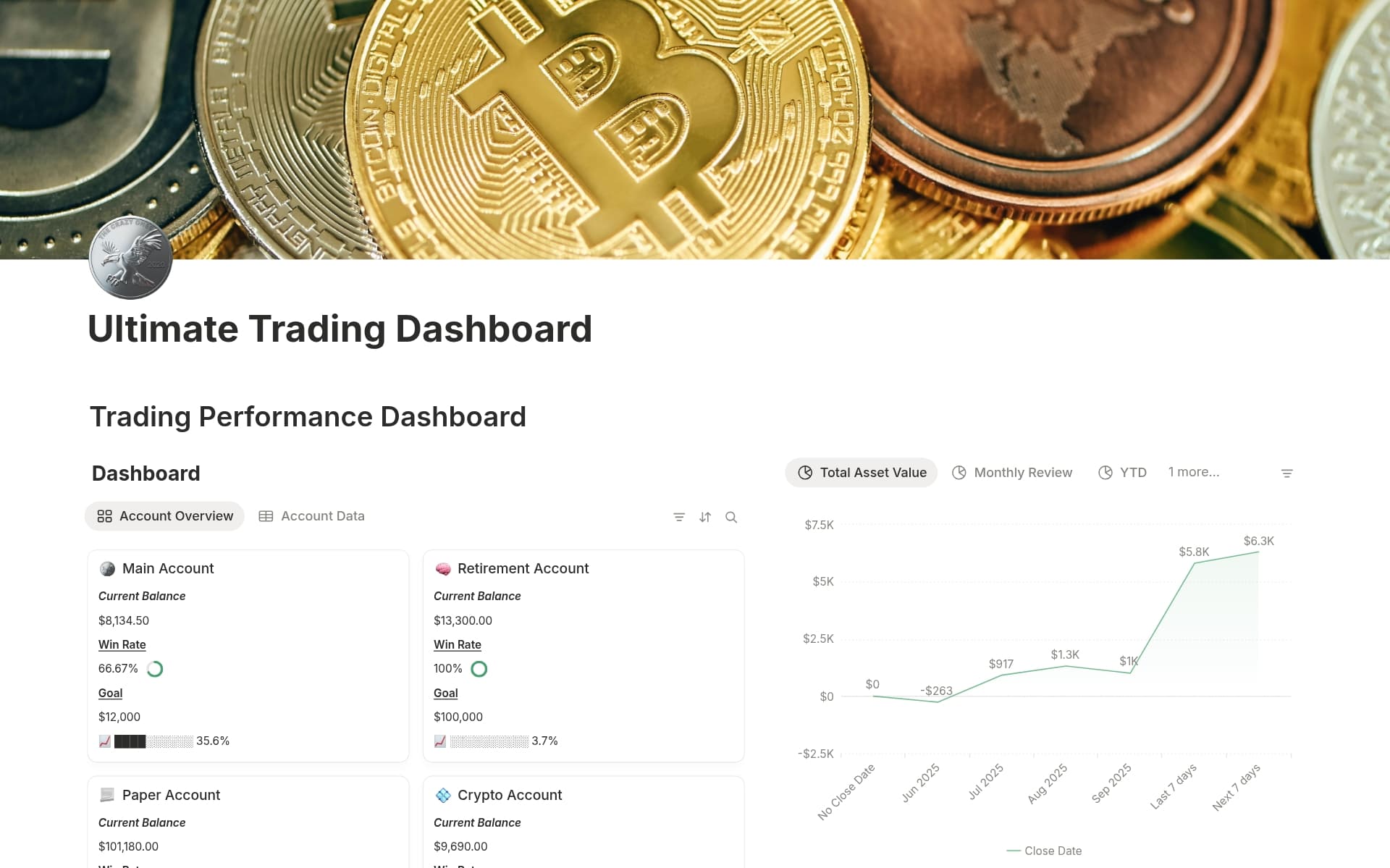For web developers, Scrum Boards offer a structured, flexible method for tracking project progression, from inception to completion. By visualizing workflows, identifying bottlenecks becomes simpler, and the iterative nature of Scrum facilitates continual improvement. A Scrum Board template in Notion can streamline this process further, providing an immediately usable framework to organize tasks, sprints, and deadlines in a collaborative environment.
Before you start building your own Scrum Board template, consider exploring these Scrum Board examples below to simplify the process.
What Should Scrum Board Templates Include?
Choosing the right Scrum Board template can significantly enhance your project management efficiency. Here are key components to look for in a Scrum Board Notion template:
User Stories: A section dedicated to user stories helps in breaking down the project into manageable units, ensuring clarity and focus.
Sprint Backlogs: This component organizes tasks that are prioritized for the next sprint, aiding in seamless transitions between phases of the project.
Progress Tracking: Effective templates include visual progress indicators, such as burndown charts, to monitor daily progress and adjust timelines as necessary.
Collaboration Features: Look for templates that facilitate easy collaboration, such as integrated comment sections or real-time updates, to enhance team communication.
Selecting a Scrum Board template with these components will ensure a more structured and efficient workflow, helping your team stay on track and achieve its goals.
What Should Scrum Board Templates Avoid?
Choosing the right Scrum Board template is crucial for streamlining your project management processes effectively. However, certain features can complicate rather than simplify your workflow. Here are three key components to steer clear of:
Overly Complex Layouts: Templates with too many columns or confusing labels can overwhelm team members, leading to decreased productivity and miscommunication.
Fixed, Non-Customizable Fields: Avoid templates that don't allow you to modify fields. Flexibility in adapting to the specific needs of your project is essential for a Scrum board.
Generic, Non-Specific Elements: Templates that include vague elements can cause confusion about task statuses and priorities. Opt for a template that encourages clear definitions and statuses.
Remember, the best Scrum Board template is one that enhances clarity and facilitates a smooth workflow. Choose a template that is straightforward, adaptable, and tailored to the specific needs of your team.




